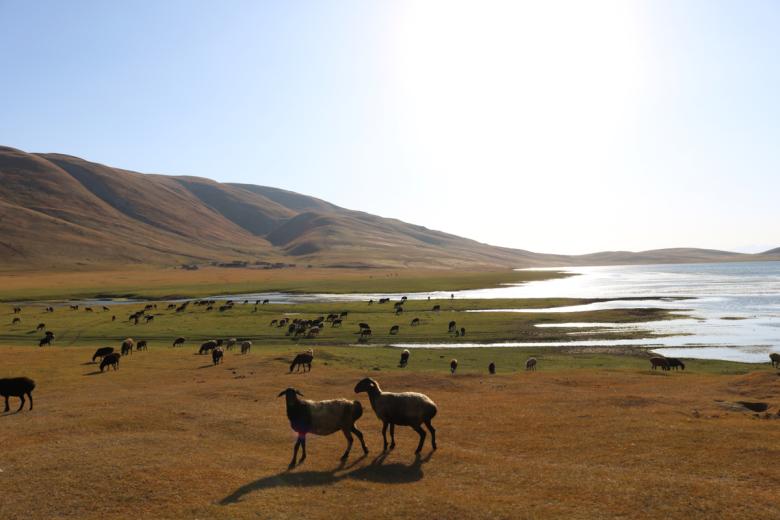
Sustainable pasture management for improving grassland ecosystems and livelihoods of pastoralists
The Republic of Tajikistan is the smallest landlocked country in Central Asia. With a total area of pasture of 3.9 million hectares, alpine ecosystems constitute 80% of the country’s agricultural land, which is used heavily for livestock husbandry. Pastures play a major role in economic development and in reducing poverty in rural Tajikistan. However, the degradation of pastures is posing an increasing threat to rural livelihoods. Most of the livestock is privately owned, awhile approximately 96% of products, including dairy, are produced by private farmers. Only a few farms use modern technology.
Due to land degradation and overgrazing, the area for pasture has decreased since independence. Yet, the livestock numbers have increased by over 65 % and are consequently is the main driver of overgrazing. This trend is also threatening the important biodiversity of adjacent ecosystems, with restoration being nearly impossible and becoming more and more expensive.

